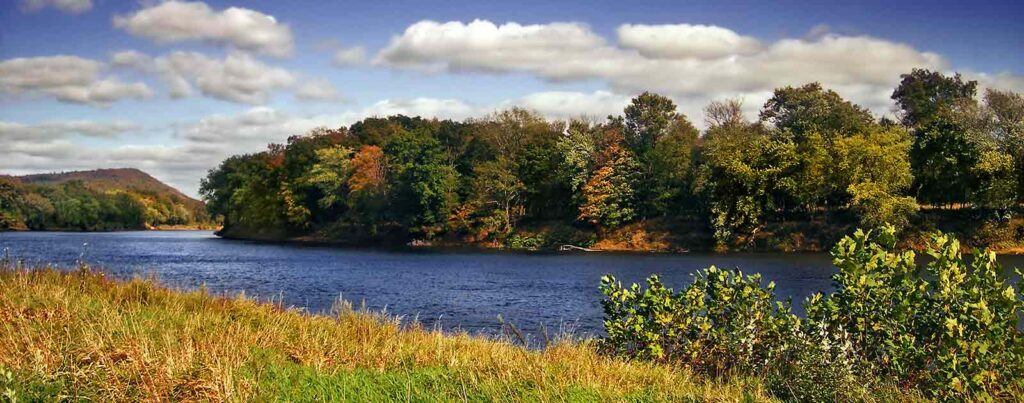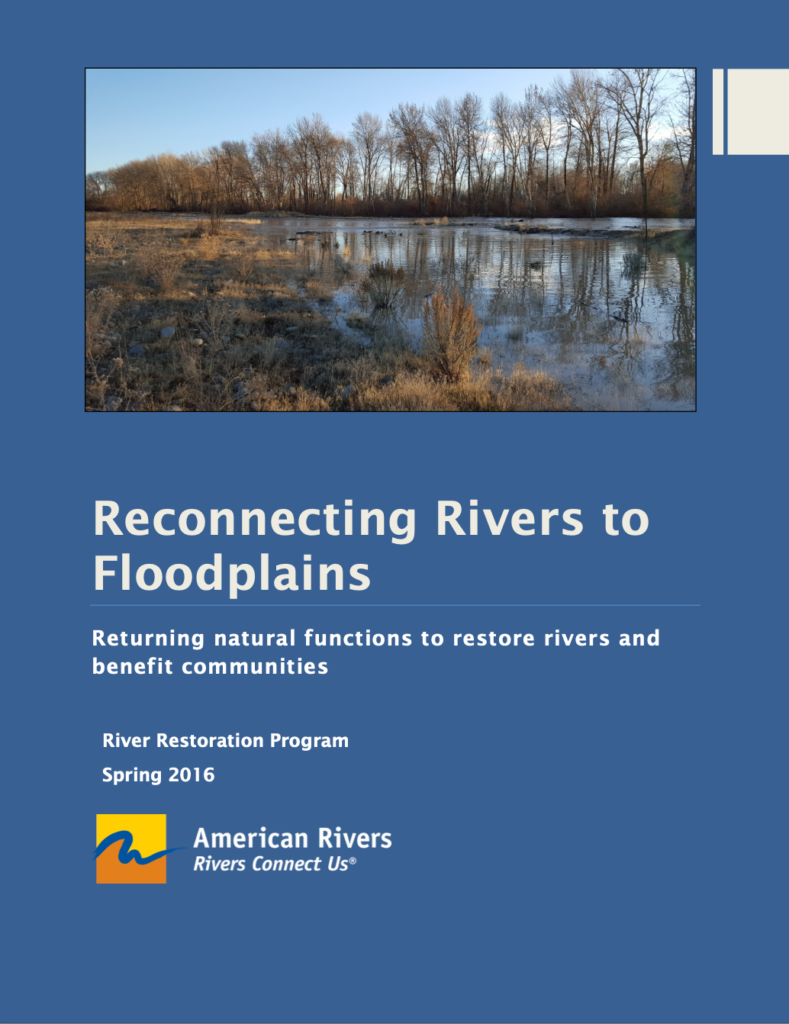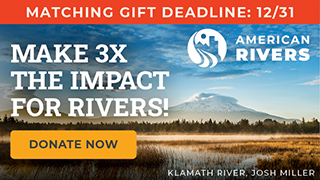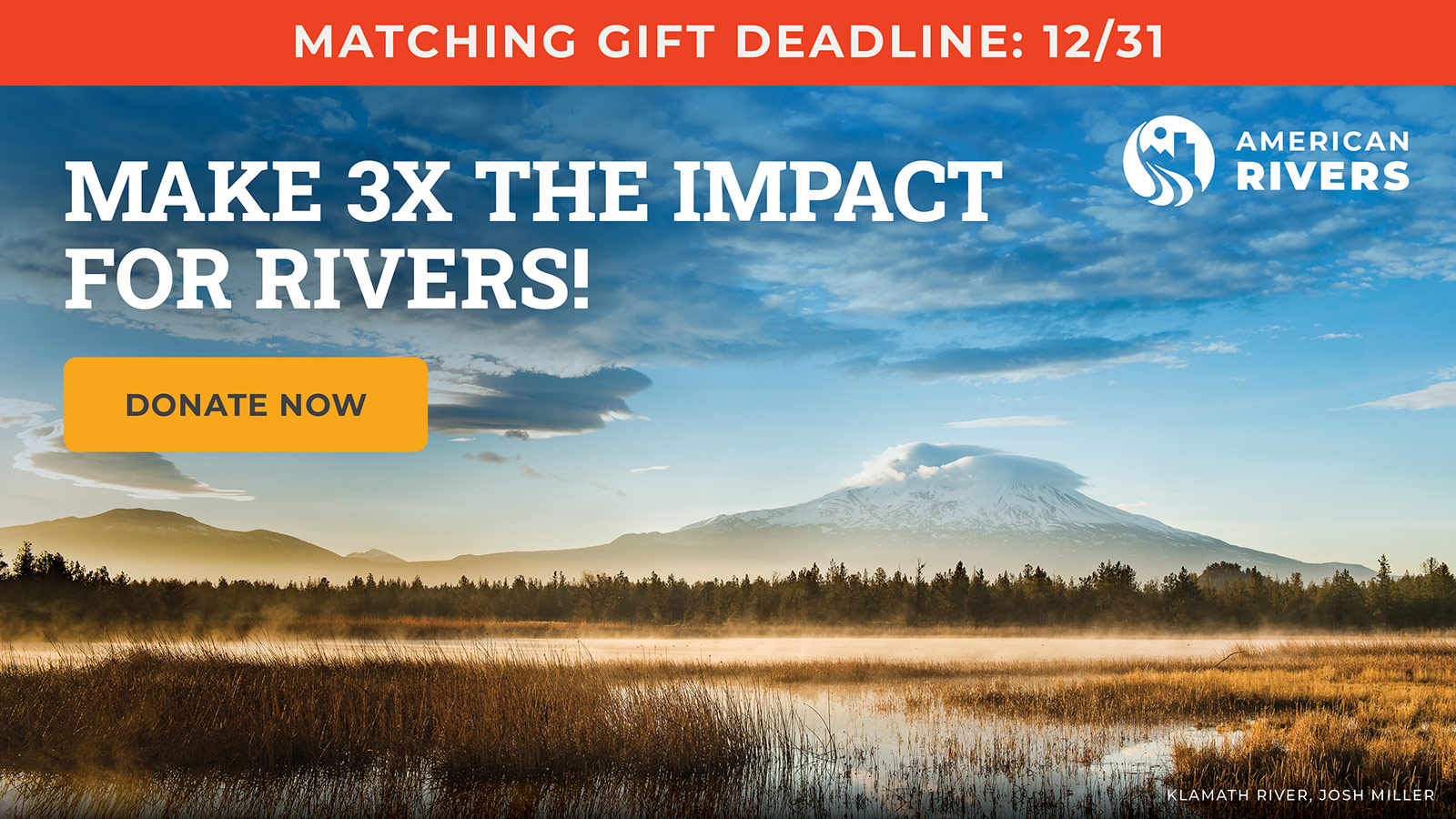Reconnecting Floodplains


Floodplains are an integral part of healthy rivers and floods are a natural occurrence on rivers. Natural floodplains provide many benefits to people and nature. They provide clean water supplies, recreation opportunities, habitat for fish and wildlife, and when left undeveloped they safely convey flood water.
Unfortunately, across the United States floodplains have been disconnected from rivers and modified on a massive scale resulting in a loss of floodplain benefits. But floodplains and their benefits to people and nature can be restored by getting water on the floodplain at the right time, in the right amount, and for the right duration to support natural floodplain habitats.
This report synthesizes the existing science on riverine floodplains to provide a single report that clearly defines what riverine floodplains are, why they’re important to healthy rivers, and how they can be restored. This report is intended to aid restoration practitioners, floodplain managers, river conservationists and others interested in laying a foundation for successful floodplain restoration efforts in their community and across the nation.
Riverine floodplains are dynamic systems that play an important role in the function and ecology of rivers. Where floodplains are connected to a river and periodically inundated, interactions of land, water, and biology support natural functions that benefit river ecosystems and people. In this paper we explore the hydrologic and ecological functions that floodplains provide, and how those functions are lost through floodplain disconnection and modification. We synthesize current river-floodplain science to develop an understanding of the biophysical and river flow attributes that underpin floodplain functions. We characterize four attributes that create and sustain functional floodplains; connectivity, variable flow, spatial scale, and habitat and structural diversity. To best restore floodplain systems, restoration practitioners should look beyond habitat features and focus on restoring floodplain functions. We propose a framework from which to consider process-based floodplain restoration using the four attributes of functional floodplains. Well-targeted restoration can return natural floodplain functions to rejuvenate rivers and benefit people.


